Taiaroa Head, near Dunedin, New Zealand.
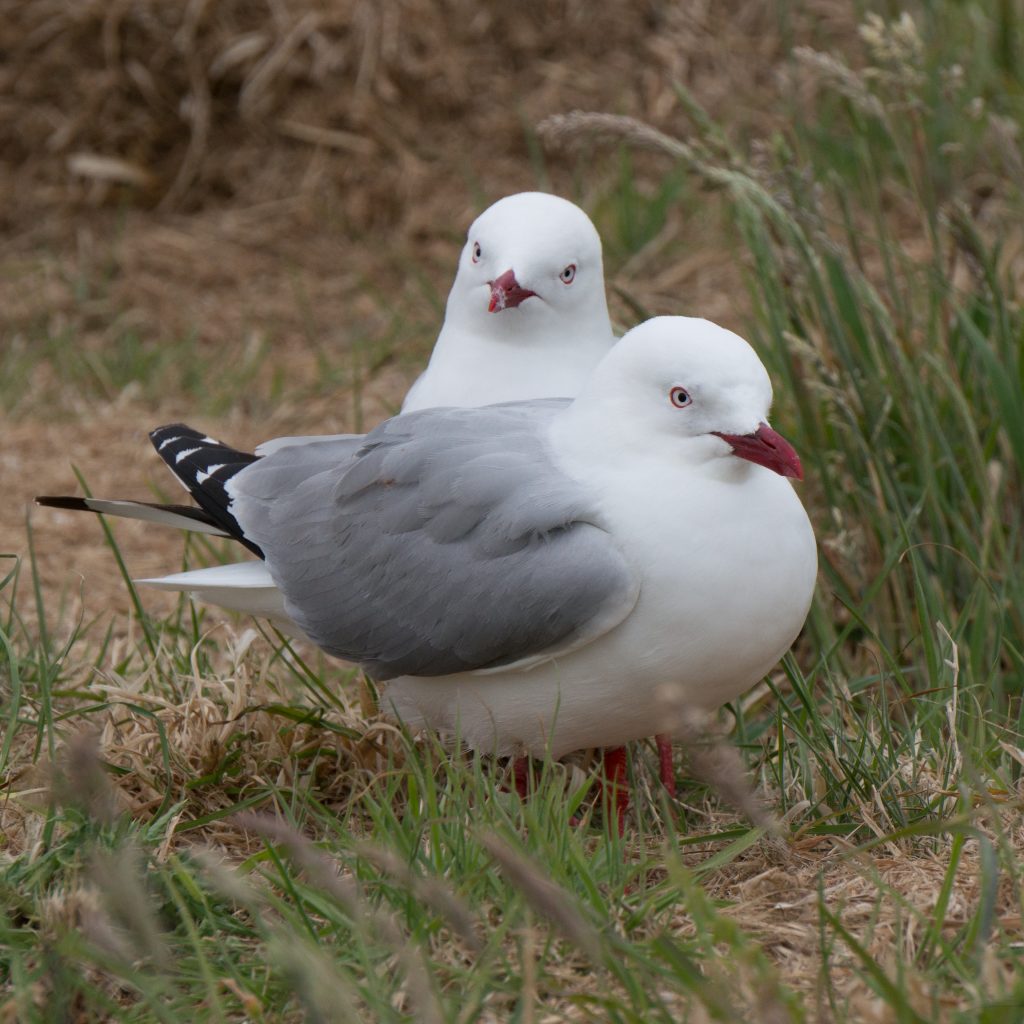
A pair of red-billed gulls (tarapunga), native to New Zealand.
Taiaroa Head, near Dunedin, New Zealand.

A pair of red-billed gulls (tarapunga), native to New Zealand.
Over the years, my cameras seem to have got bigger, and so have the lenses. I have resisted this tendency recently, first by changing to mirrorless from DSLR cameras, but also by investing in Canon’s cheaper lenses which have the advantage of being much lighter than the “professional” range. This makes it possible for the Old Git to handhold a long 800 mm lens and still get sharp results.
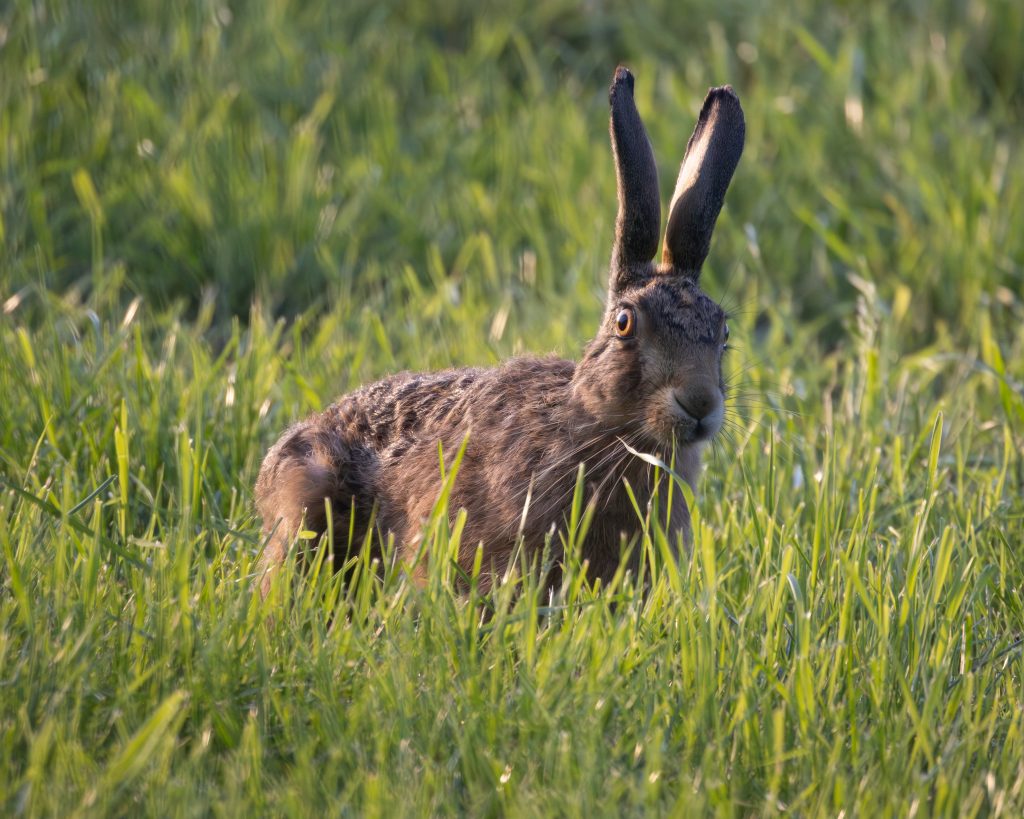
However, it occurred to me recently that my concentration on wildlife has restricted my photography. A long time ago, I used to carry a camera for most of the time, so I was always ready when a photo-opportunity arose.
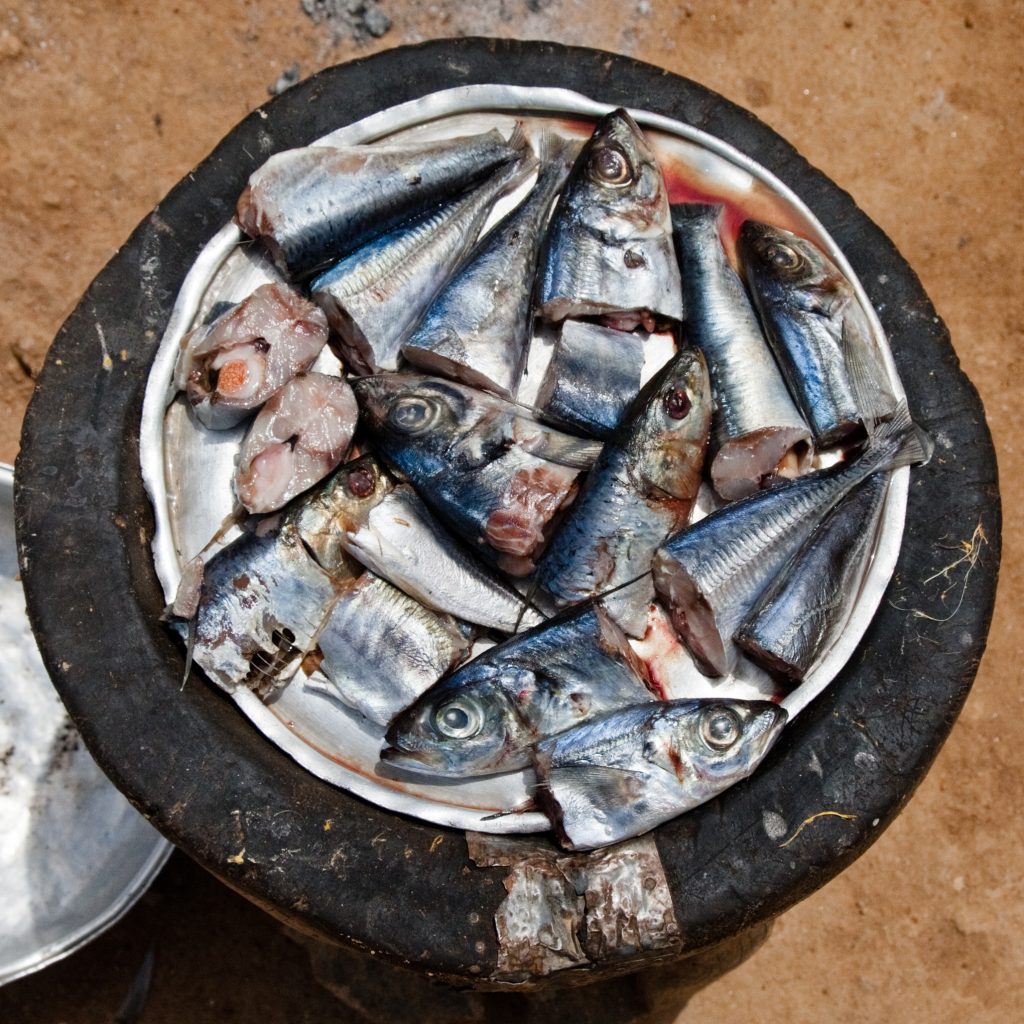
Now, the size and weight of my equipment make this problematic, and I rarely carry my camera unless I expect wildlife opportunities. Also, I have now bought a folding bicycle, a Brompton, and go for a ride most days, and intend to cycle further afield, taking the bike by car or train. So what I needed was a “point and shoot” type camera, and after considerable research, settled on the Sony RX100 vii.
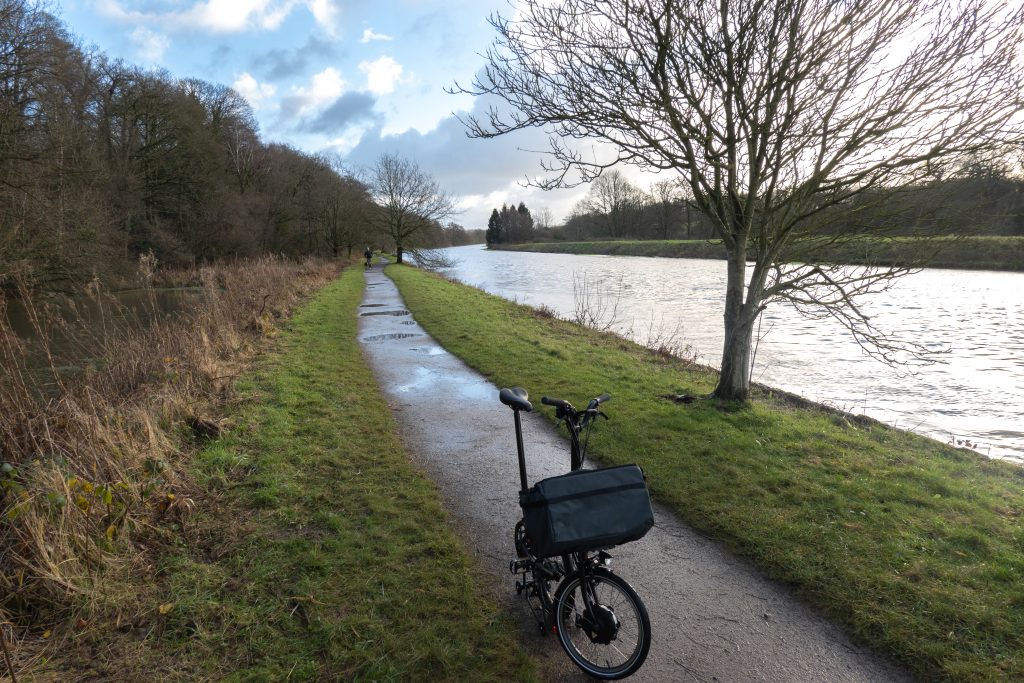
This is a tiny camera which retracts the lens when switched off, so it fits in my pocket comfortably. However, despite its diminutive size, it is a very capable camera, with the lens having a wide range from 24mm to 200m, and a lot of capability in both video and stills. I have always been in control of my photography, so calculation has always been involved before pressing the button, so it has been a new experience for me to frame a photo and then shoot with no further thought. I have been pleasantly surprised by the images it is capable of, using its lightning fast auto-focus and accurate judgement of exposure, but also its ability to change its choice of settings in different contexts, eg landscape or porttrait or macro.
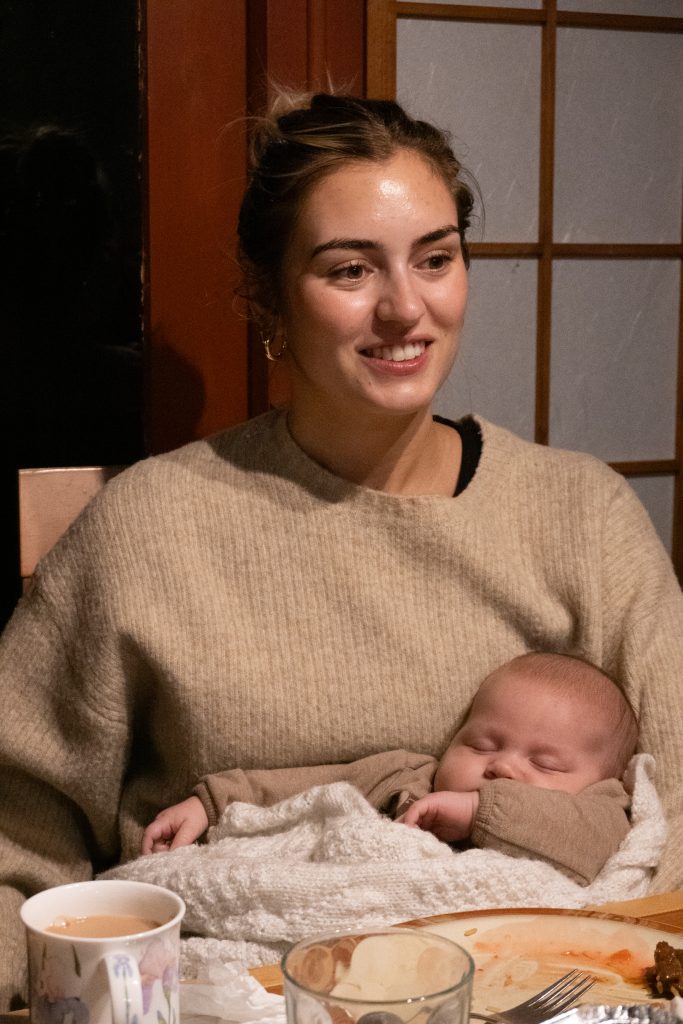
However, it’s possible to operate the camera in full manual mode, so I can take control of the settings and capture an image where the automatic settings would fail. For example, I have found that it is possible to use the built-in flash to trigger a complicated lighting setup.
The camera is also very good for taking what I believe are called “selfies”, a type of photograph which was considered to betray a certain character weakness in my day. It was OK for you to be photographed by someone else, but not by yourself. Times change and old dogs can learn new tricks!
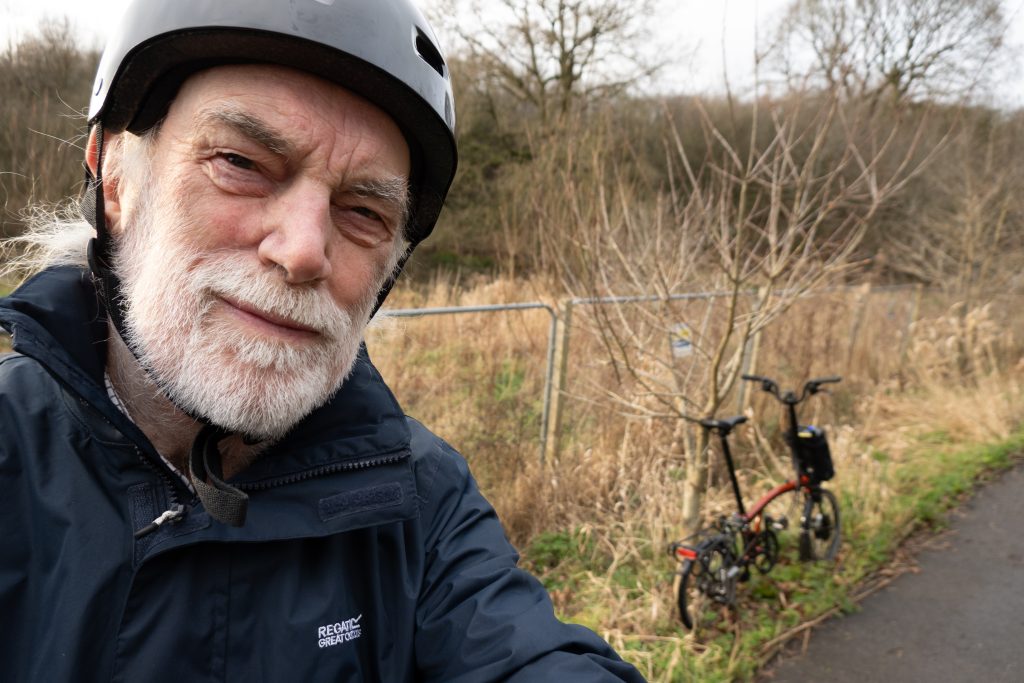
I’ve always enjoyed a proper Christmas cake. I prefer a rich fruit cake to sponge or any other filling, and I particularly love marzipan and icing. I am so glad that many friends and relations do not share my preference in this case, so in the past, the cake has usually lasted all through January.
This year, in the sad absence of my Christmas cake makers, I have decided to make it myself. However, I always cut all possible corners in cooking, and I remember that the most time-consuming process was the stirring and mixing of the ingredients of the cake itself. Now recently, I’ve been buying “Irish Whisky Cakes” from Aldi, and it occurred to me that here was a corner that could be cut!
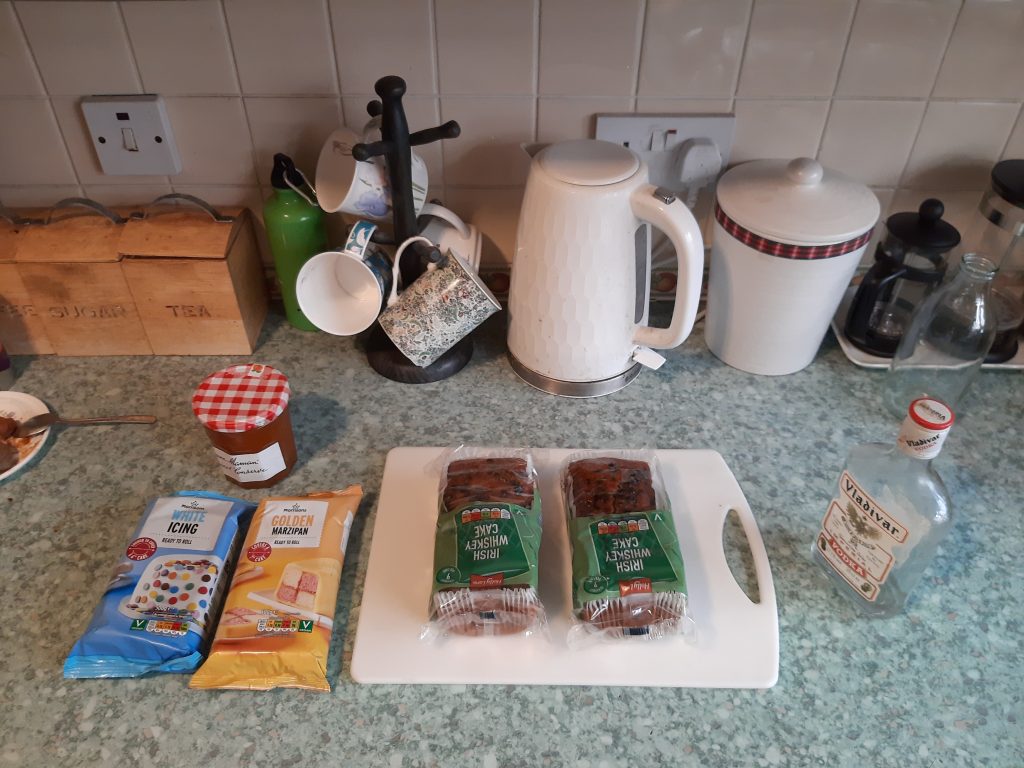
Now there are two households that I hope to spend time with over Christmas, so I bought two Irish Whisky Cakes, marzipan, icing, apricot jam to stick the icing to the marzipan, and a little vodka in a very old bottle to stick the marzipan to the cake.
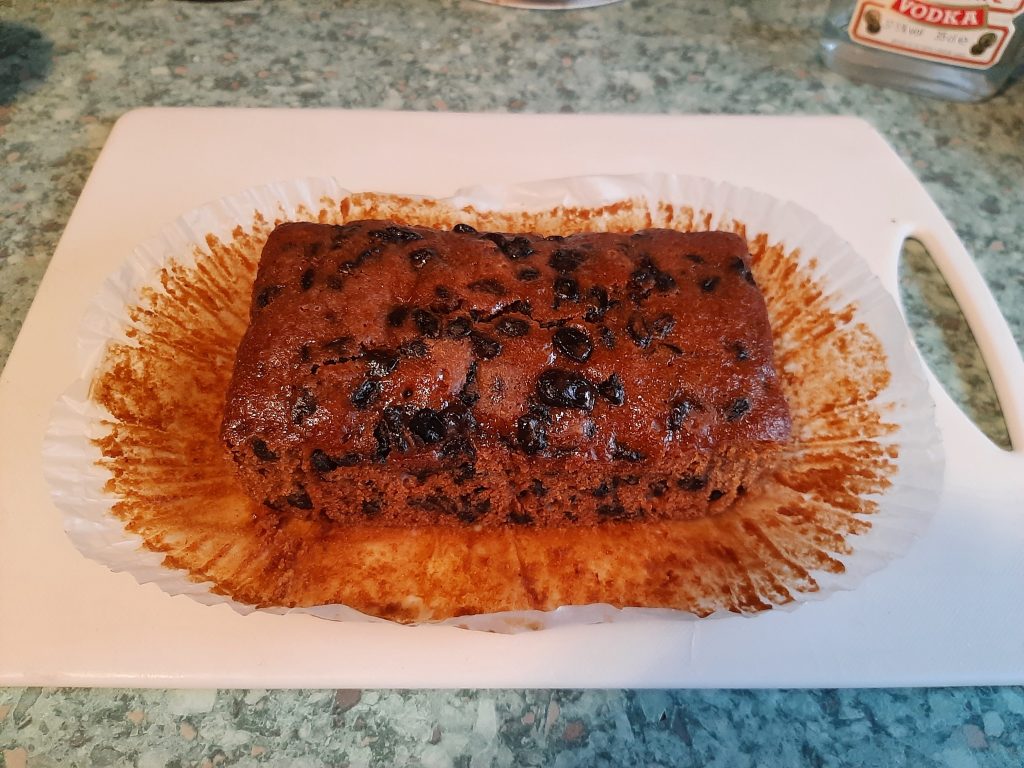
First, I opened the cake and removed the wrapping paper.
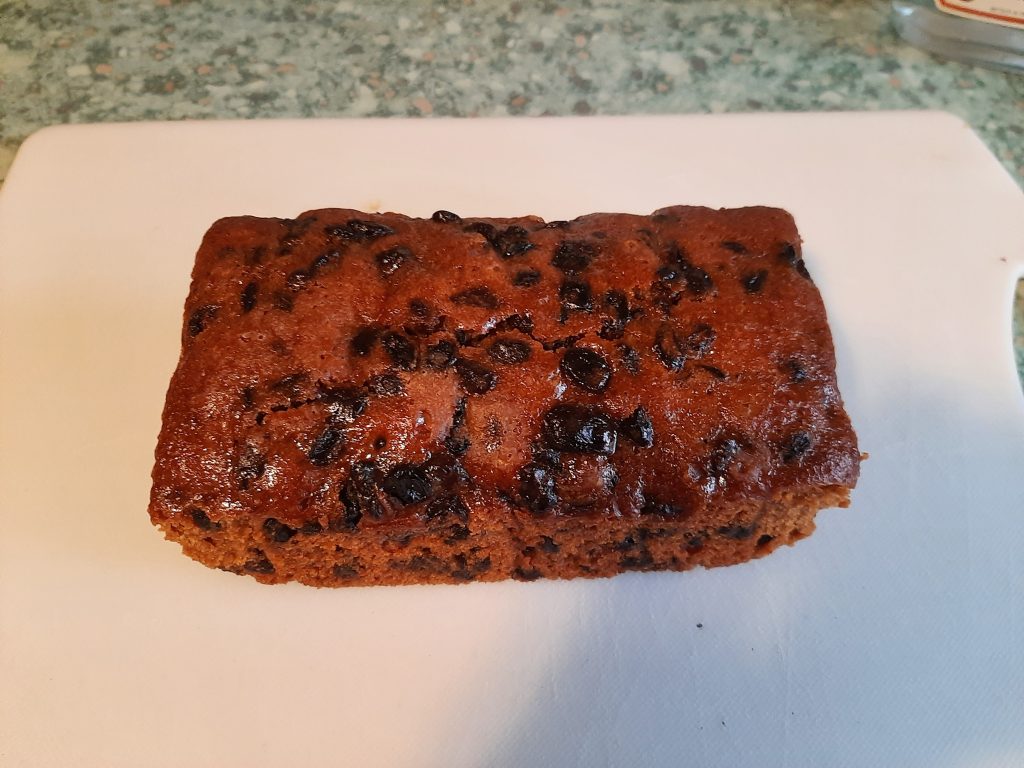
Then I kneaded the marzipan so that it became pliable enough then rolled it flat and thin. I had to use an empty wine bottle for this because, to my surprise, I couldn’t find a rolling pin in Fran’s cake-making cupboard.
Next, I used a brush from Fran’s collection of cooking tools to coat the top and sides of the cake with vodka.
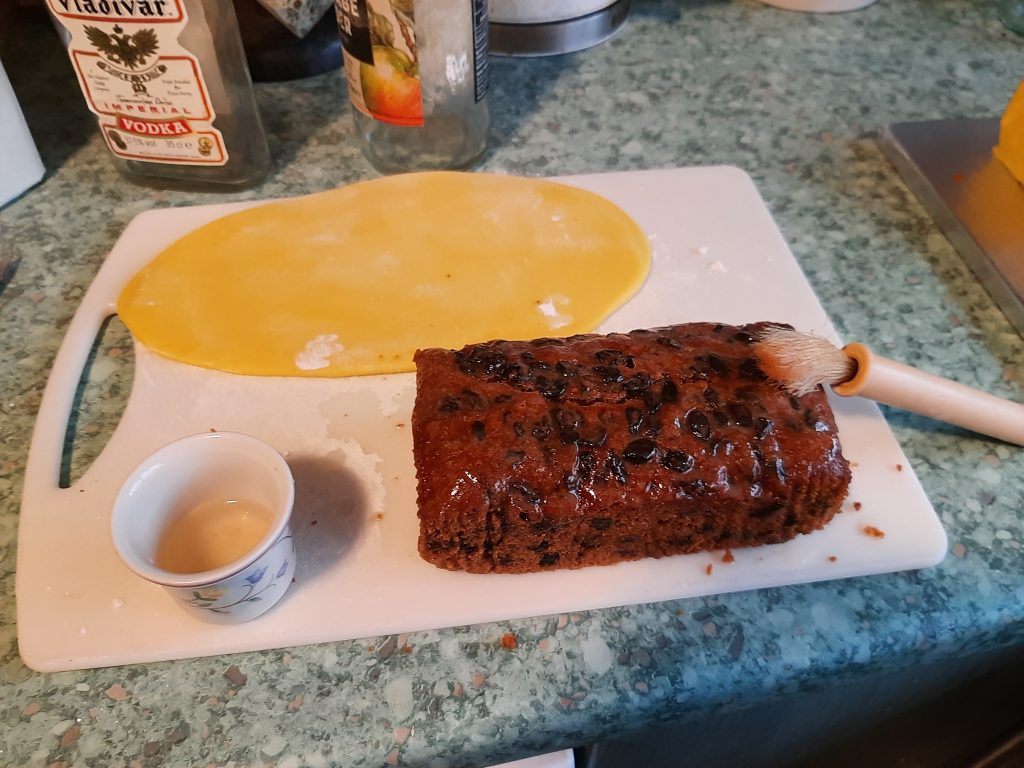
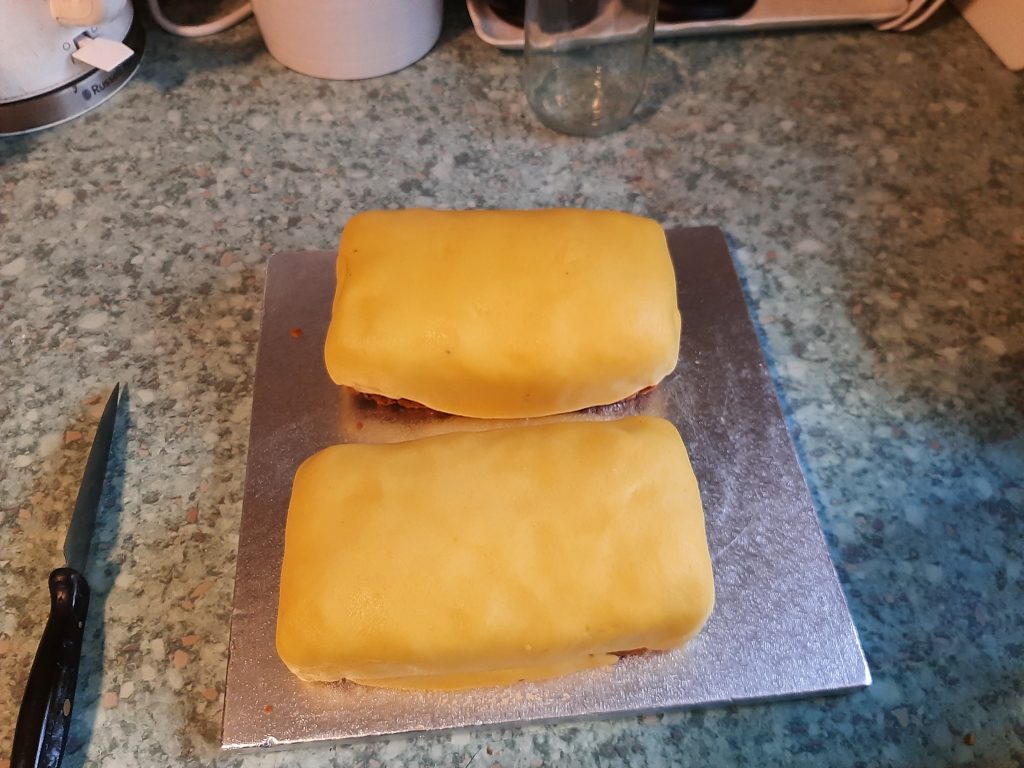
I could have done with a bit more marzipan because when I applied it to each case and pressed it down all around, I found I couldn’t cover all of each cake because if I squeezed it down too thinly, It started to crack. So, on to the next stage. I had put the apricot jam jar in a pan of hot water at the start and had been stirring it every now and then.
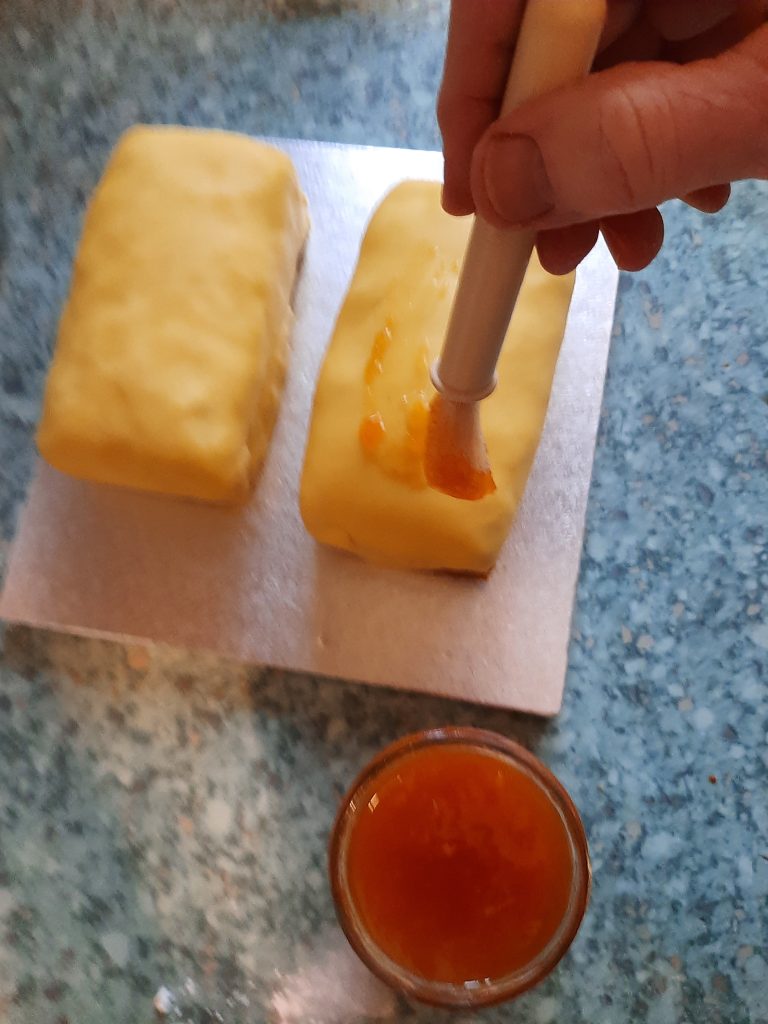
I had previously kneaded and rolled out icing, so after I had liberally coated the marzipan with warm apricot jam, I spread the icing over the cake.
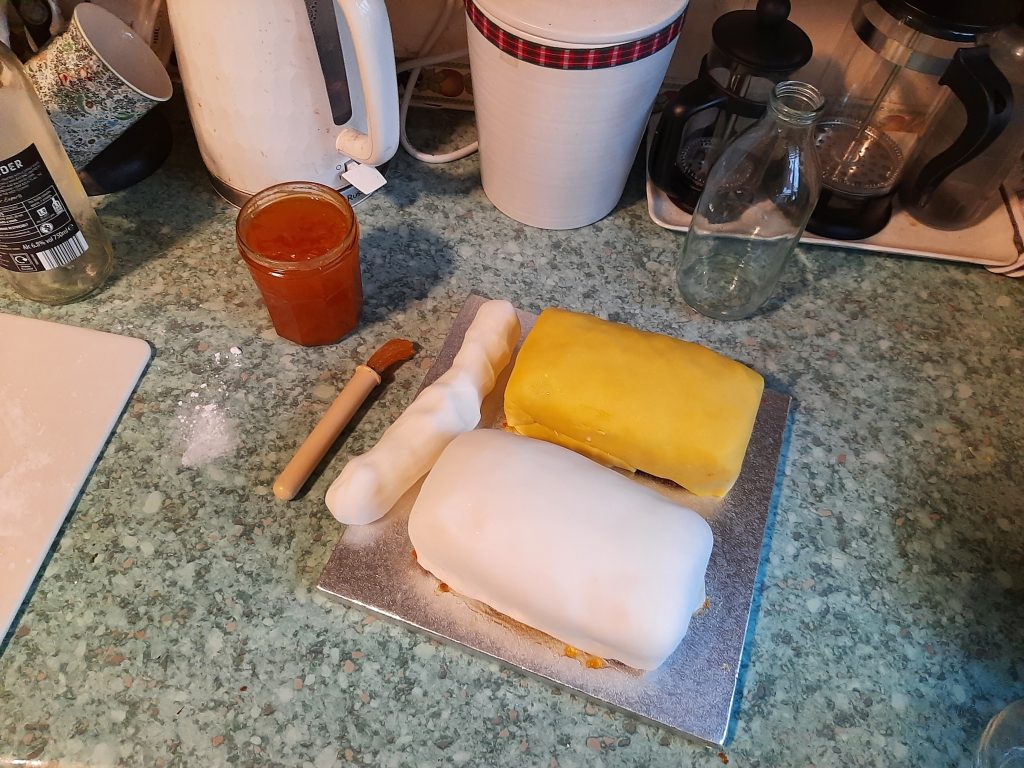
I met with the same problem – not enough icing to completely cover both cakes. Hey ho, I spread it as well as I could, added a dwarf to one cake and coloured bits to the other and called it done.
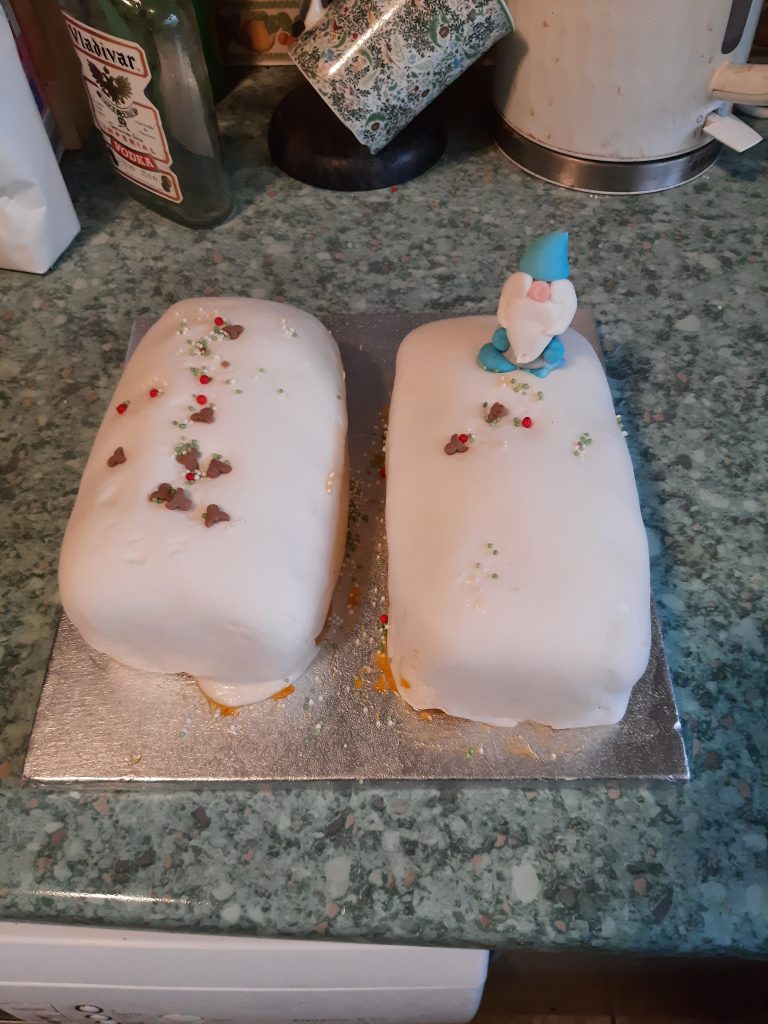
I can’t see how this cannot be pronounced a success – marzipan is marzipan, icing is icing, and I’ve already thoroughly tested the Irish Whisky Cake. Next year, I’ll buy more marzipan and icing. I’ve no problem with that.
Merry Christmas!
Recently, I have been scanning negatives of photographs which I took over fifty years ago. It is one of the delights of photography as a hobby that a diligent archive provides you with a record of your life which can both stimulate your memory and provide raw material for artwork. It has been an extremely emotional task.
I foiund that at one point in the 1970s, I took a few photographs of wood block style graphics from a book, presumably used to illustrate the beginning of each chapter in the book. I never printed them at the time, but now I found them very attractive, so I cleaned up the images, and here they are:
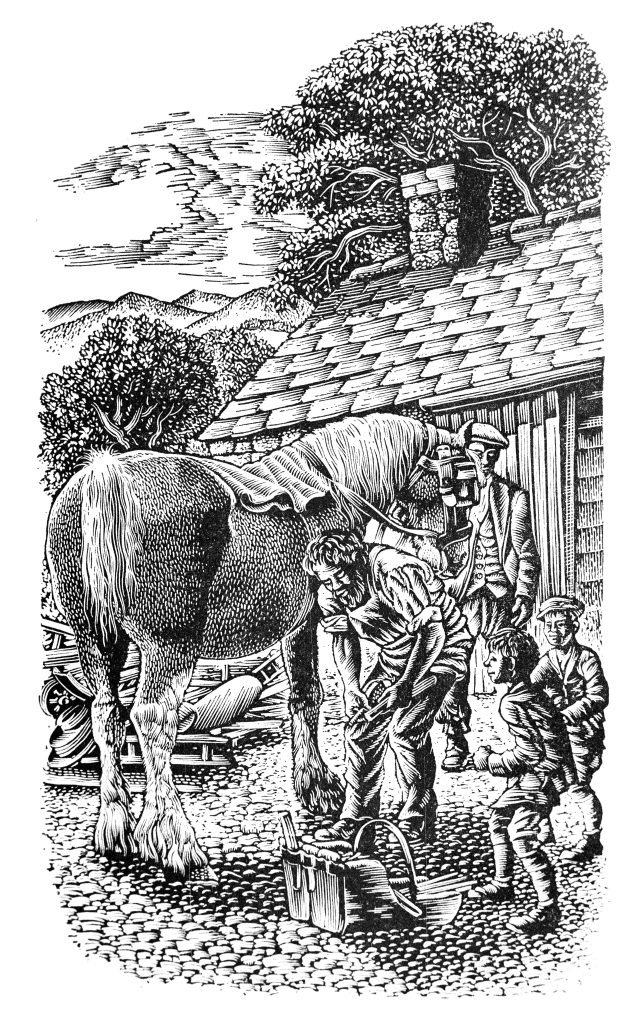
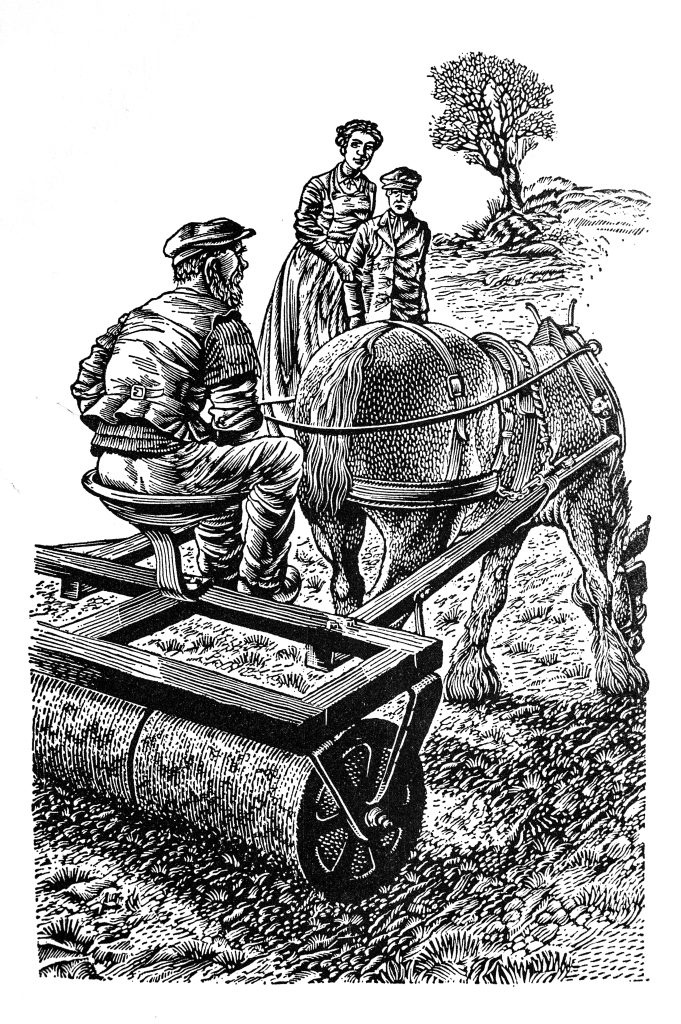
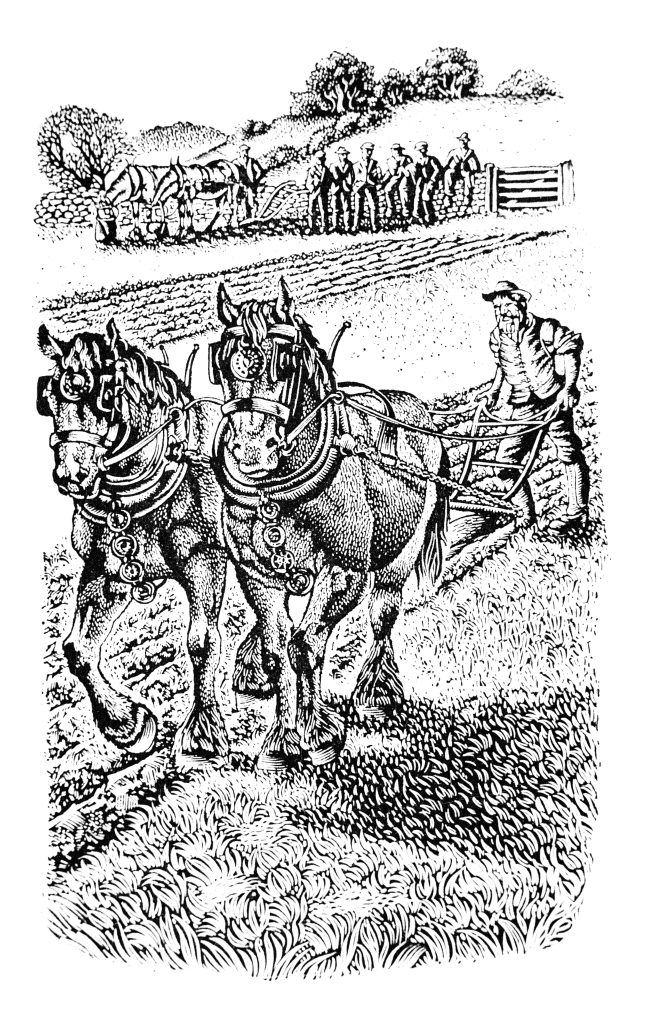
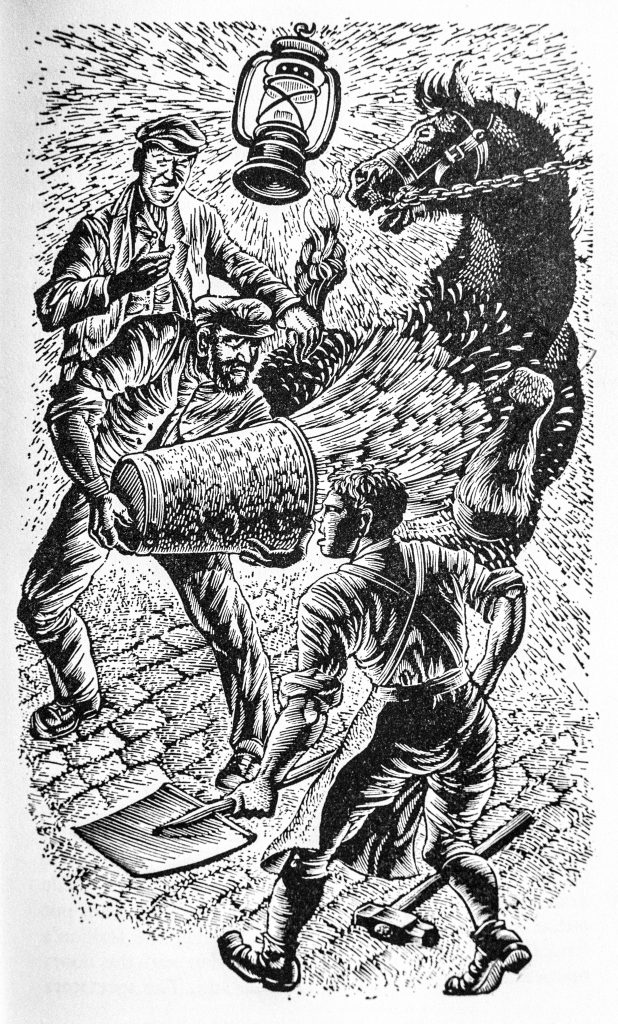
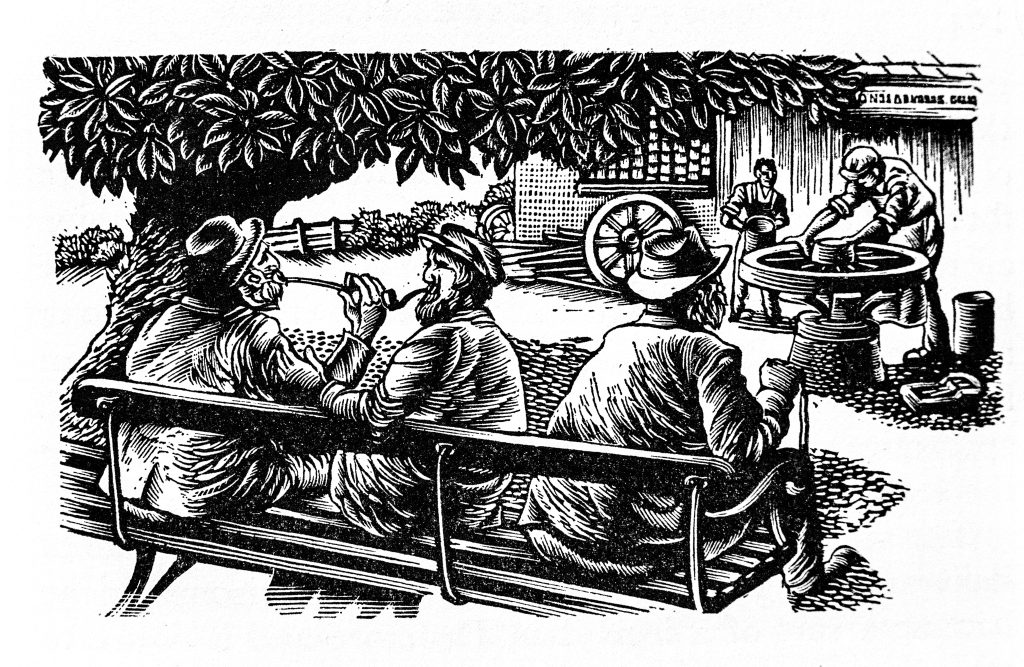
I find these images beautiful, and the mastery of the technique for producing them amazing. It involves flattening the wood surface to be used to generate the image, and then carving wood away from the light areas in the image. A roller carrying the ink is rolled across the surface, so that the flat uncarved areas transfer the ink to the paper.
I frequently find it difficult to interpret a black and white negative (impossible with a colour negative), but the carver of a wood block must produce the image as a negative! Amazing!
Near the wood block negatives in the photo album was a photo of this image:
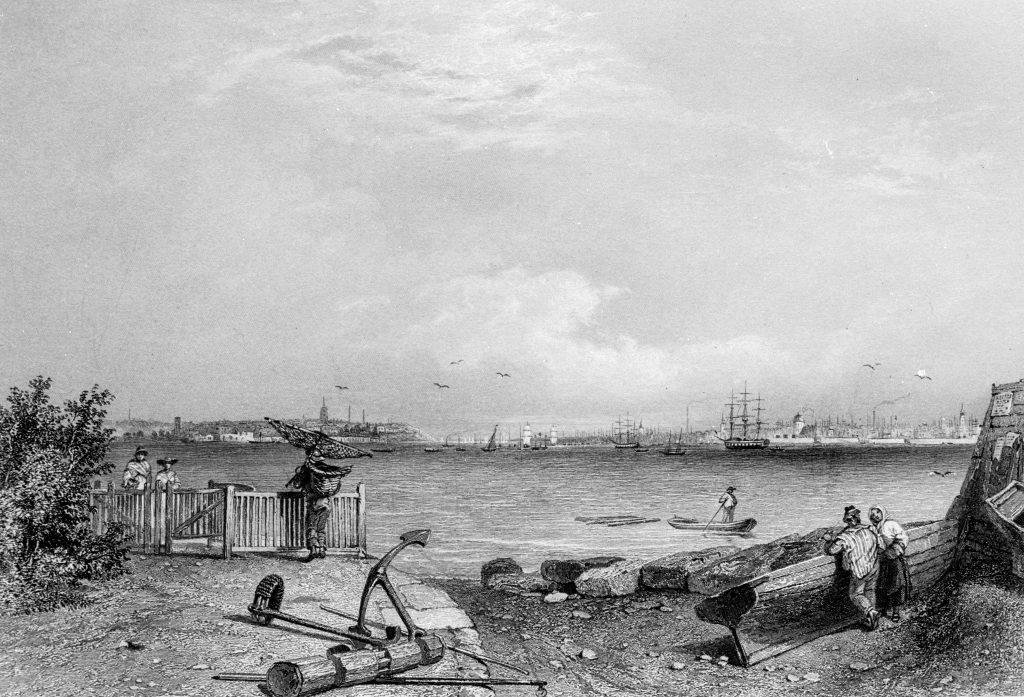
Now this is a line engraving. This is produced on a highly polished steel plate, which is scratched (simplification!) to produce the image. At least the artist is producing a positive rather than a negative, but I remain in awe of the skill required to produce images in this way.
To produce a print, an inked roller runs over the surface, the surface is wiped clean, leaving ink in all of the scratches. The paper is placed in position on the plate and a roller presses it down so that the paper picks up the ink from the scratches.
I wanted to see the originals of these images, taken over fifty years ago, remember, and searched my bookcases and boxes in the attic, but without success. However, I did find this book, “The World at Home” by Mary and Elizabeth Kirby, published in 1871, which has obviously spent time in a secondhand book shop. I don’t think that I bought it, so it probably came to me from my parents.
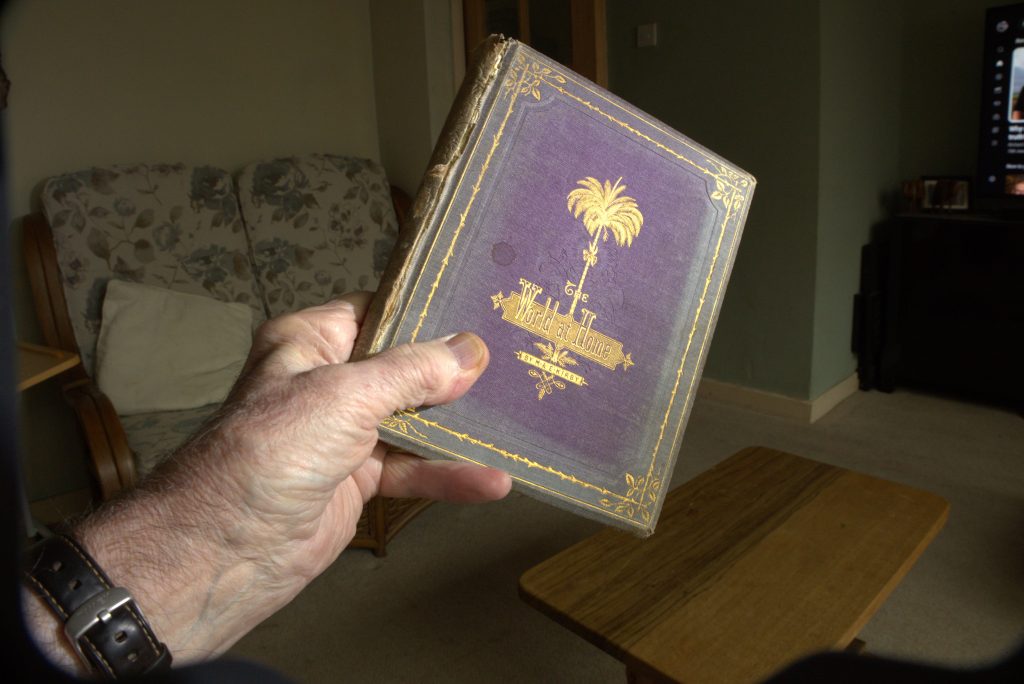
This book would have been the equivalent of a 21st century encyclopaedia full of photographs because it is profusely illustrated, but only with line engravings. I presume that it was published before it became technically possible to produce photographic illustrations. One of the most impressive pictures is of the Icelandic volcano, Mount Hecla:
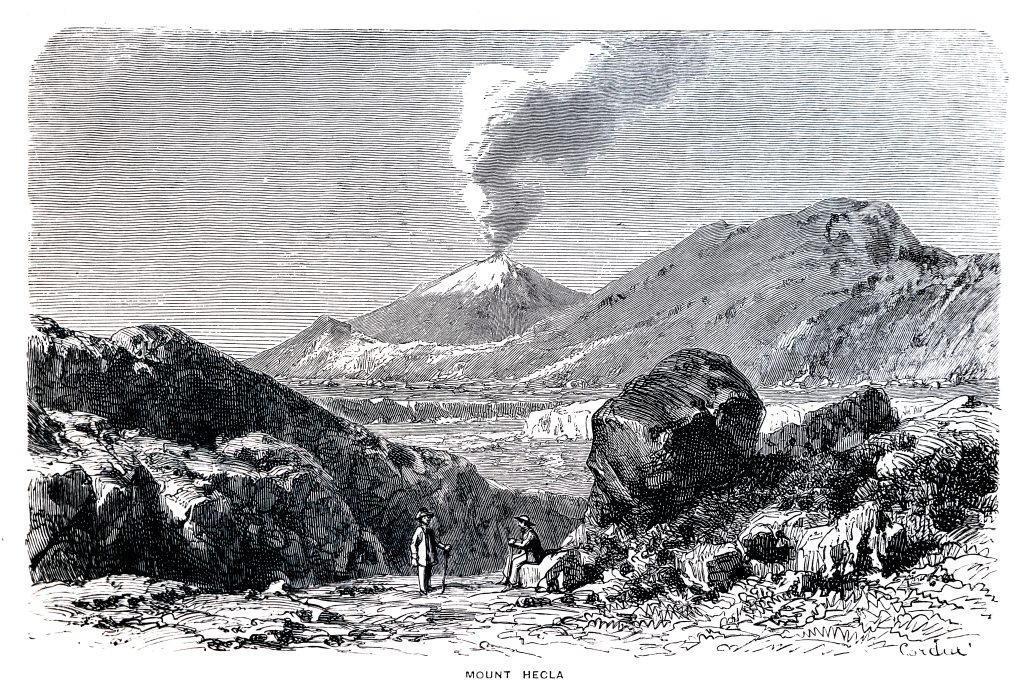
I googled “Mount Hecla” for pictures, and found some other line engravings of the volcano, as well as other views in Icelend. What is interesting is that there are several engravings from this point of view which are distinctly different. One does not have the figures in the foreground, another has the smoke from the volcano blowing from right to left.
It seems that there was a tourist scene in Iceland in the 1880s, at least among artists. Hardy people, those Victorians!